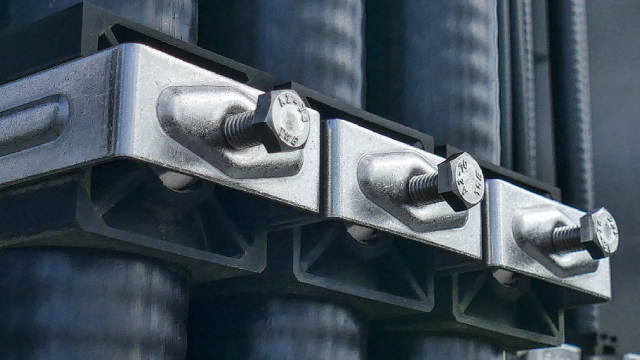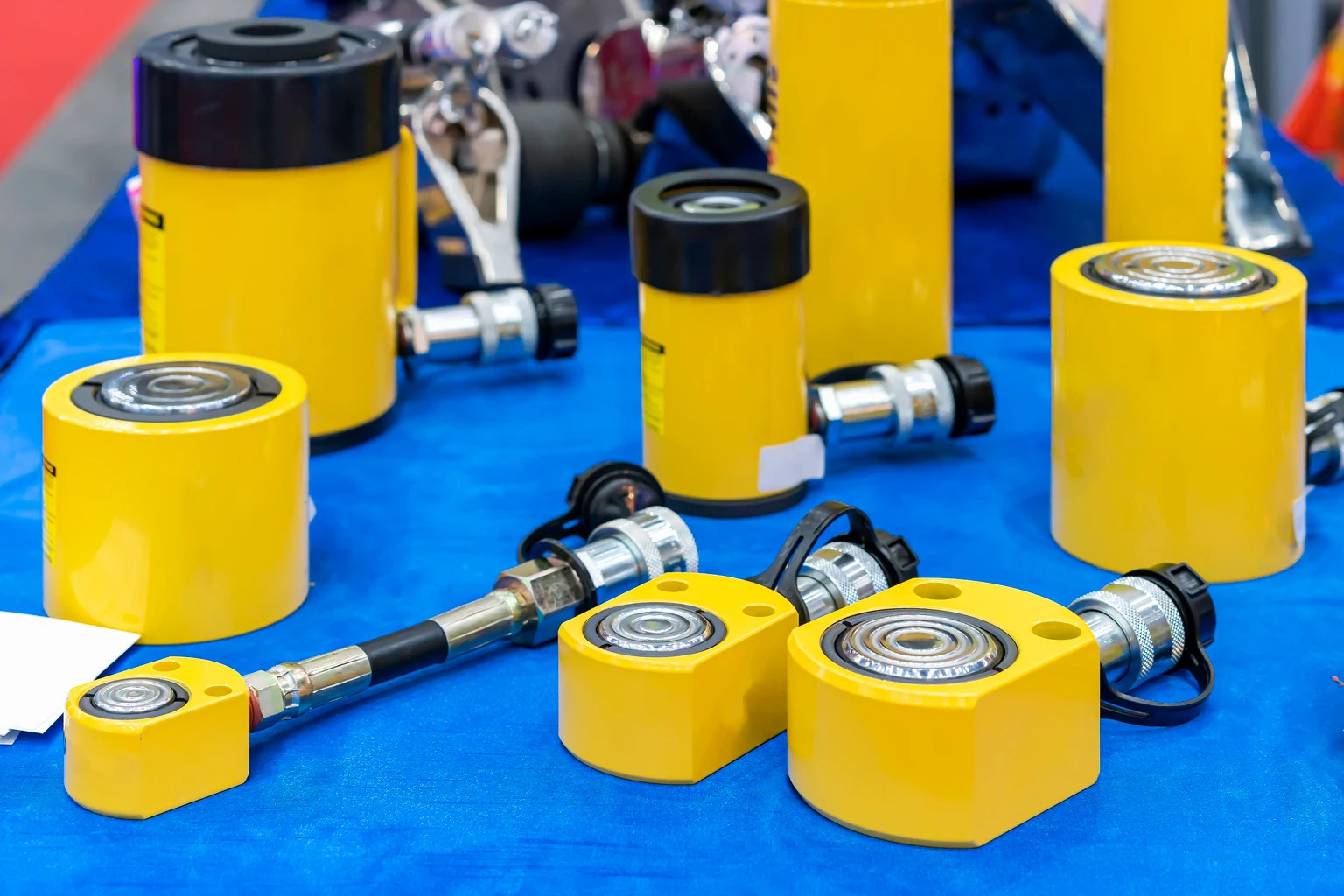
EPAC
Enerpac Tool Group Corp.
$40.33
0.21
(0.52%)
| Exchange: | |
| Market Cap: | 2.167B |
| Shares Outstanding: | 14.928M |
About The Company
| Sector: | Industrials | |||||
| Industry: | Industrial – Machinery | |||||
| CEO: | Paul E. Sternlieb | |||||
| Full Time Employees: | 2000 | |||||
| Address: |
|
|||||
| Website: | https://www.enerpactoolgroup.com |
Enerpac Tool Group Corp. manufactures and sells a range of industrial products and solutions in the United States, the United Kingdom, Germany, Australia, Canada, China, Saudi Arabia, Brazil, and internationally. It operates in two segments, Industrial Tools & Services (IT&S) and Other. The IT&S segment designs, manufactures, and distributes branded hydraulic and mechanical tools; and provides services and tool rentals to the infrastructure, industrial maintenance, repair and operations, oil and gas, mining, renewable energy, and construction markets. It also offers branded tools and engineered heavy lifting technology solutions, and hydraulic torque wrenches; maintenance and manpower services; high-force hydraulic and mechanical tools, including cylinders, pumps, valves, and specialty tools; and bolt tensioners and other miscellaneous products. This segment markets its branded tools and services primarily under the Enerpac, Hydratight, Larzep, and Simplex brands. The Other segment designs and manufactures synthetic ropes and biomedical textiles. The company was formerly known as Actuant Corporation and changed its name to Enerpac Tool Group Corp. in January 2020. Enerpac Tool Group Corp. was incorporated in 1910 and is headquartered in Menomonee Falls, Wisconsin.
Click to read more…
Revenue Segmentation
EPS
Earnings Call
Income Statement
(* All numbers are in thousands)
Balance Sheet
(* All numbers are in thousands)
Cash Flow Statement
(* All numbers are in thousands)
Analyst Estimates
(* All numbers are in thousands)







